Table of content
Stir-fried clam meat, a dish that tantalizes taste buds with its briny sweetness, spicy kick, and aromatic complexity, is a cornerstone of many global cuisines. Whether you’re a seasoned home cook or a curious novice, mastering this recipe opens doors to a world of culinary creativity. This article delves into the intricacies of crafting the perfect stir-fried clam meat, from selecting the finest ingredients to executing flawless cooking techniques. By the end, you’ll be equipped to serve a dish that rivals any restaurant, bursting with umami-rich flavors and textural contrasts.
The Allure of Stir-Fried Clam Meat
Stir-frying, a quintessential Asian cooking method, transforms simple ingredients into culinary masterpieces through high heat and rapid movement. When applied to clam meat, this technique sears the seafood to lock in moisture, creating a tender, juicy interior while caramelizing the edges for depth. The result is a harmony of briny oceanic notes, smoky wok aromas, and the bold punch of garlic, ginger, and chili. Beyond its gastronomic appeal, this dish is remarkably versatile—pair it with steamed rice, noodles, or crusty bread, or serve it as a standalone appetizer at gatherings.
Selecting the Perfect Ingredients
Clam Meat: Fresh vs. Frozen
The foundation of any great stir-fry lies in the quality of its protein. For clam meat, freshness is paramount. If possible, opt for live clams (such as Manila clams or littleneck clams) and shuck them yourself. This ensures maximum flavor and texture. However, pre-shucked frozen clam meat is a convenient alternative, provided it’s sourced from reputable suppliers. Thaw frozen clam meat in the refrigerator overnight, and pat it dry before cooking to prevent excess moisture from steaming the dish.
Aromatics: The Flavor Triad
Garlic, ginger, and fresh chili form the holy trinity of aromatics in this recipe. Use fresh garlic cloves, minced or sliced thinly, to impart a pungent, earthy base. Ginger, grated or julienned, adds a warm, citrusy zing, while fresh red or green chilies (or dried chili flakes) contribute fiery heat. Adjust the chili quantity to suit your spice tolerance.
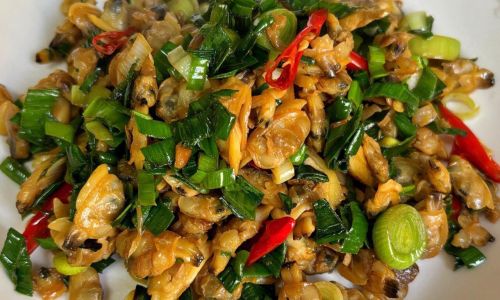
Sauce Ingredients: Balancing Act
The sauce is the soul of the stir-fry. A blend of soy sauce (light or dark, depending on color preference), oyster sauce, and a touch of sugar creates a savory-sweet backbone. For depth, consider adding a splash of Shaoxing wine, rice vinegar, or a pinch of white pepper. Cornstarch, diluted in water, thickens the sauce to coat the clams beautifully.
Optional Add-Ins
Elevate your dish with vegetables like diced bell peppers, onions, or snap peas for color and crunch. For a tropical twist, toss in pineapple chunks during the final moments of cooking. Herbs such as cilantro, basil, or Thai basil add a fragrant finish, while a squeeze of lime juice brightens the flavors.
Preparation: The Key to Perfection
Cleaning and Prepping Clam Meat
If using live clams, soak them in salted water (1/3 cup salt per gallon of water) for 1–2 hours to encourage them to expel sand. Scrub the shells under running water, then shuck them by inserting a knife between the shells and twisting. Remove the clam meat, discarding the shells. For frozen clam meat, rinse under cold water to remove any ice crystals and pat dry.
Marinating for Tenderness
Marinating clam meat is optional but recommended. A quick 15-minute soak in a mixture of soy sauce, cornstarch, and a drizzle of sesame oil tenderizes the meat and infuses it with flavor. Avoid over-marinating, as clam meat is delicate and can become mushy.
Prepping Aromatics and Sauce
Mince garlic and ginger finely to ensure they meld seamlessly into the dish. Slice chilies into thin rings, removing seeds for milder heat. Prepare the sauce in advance by whisking together soy sauce, oyster sauce, sugar, and cornstarch. This streamlines cooking and prevents burning.
Cooking Techniques: Wok Hei Mastery
Heating the Wok
Achieving wok hei, the elusive “breath of the wok,” requires a scorching-hot pan. Heat a carbon-steel or cast-iron wok over high heat until droplets of water evaporate instantly. Add a neutral oil with a high smoke point, like peanut or vegetable oil, and swirl to coat the surface.
Stir-Frying Aromatics
Add garlic, ginger, and chili to the wok, stirring constantly for 20–30 seconds until fragrant but not browned. Overcooking aromatics can introduce bitterness, so timing is crucial.
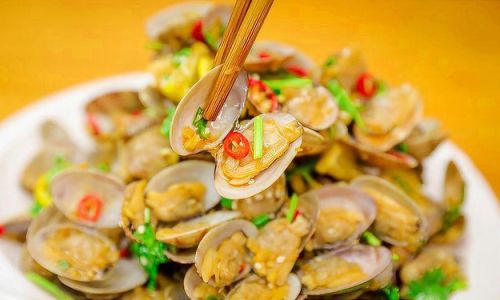
Searing the Clam Meat
Toss the clam meat into the wok, spreading it in a single layer. Let it sear undisturbed for 1–2 minutes to develop a golden crust. Stir-fry for an additional 2–3 minutes until the meat is opaque and firm. Avoid overcrowding the wok, as this lowers the temperature and steams the clams instead of searing them.
Incorporating the Sauce
Pour the prepared sauce into the wok, tossing the clams to coat evenly. Cook for 1–2 minutes until the sauce thickens and clings to the meat. For a glossy finish, drizzle with a teaspoon of sesame oil just before serving.
Troubleshooting Common Pitfalls
- Rubbery Texture: Overcooking clam meat results in toughness. Cook just until opaque and remove from heat promptly.
- Sandy Residue: Inadequate cleaning of live clams leaves grit. Always soak and scrub thoroughly.
- Bland Flavor: Under-seasoning or insufficient aromatics dilute the dish. Taste and adjust seasonings before serving.
- Soggy Sauce: Too much cornstarch or prolonged cooking thickens the sauce excessively. Add slurry gradually and stop cooking once the desired consistency is achieved.
Serving Suggestions and Pairings
Stir-fried clam meat shines when paired with contrasting textures and flavors. Serve it over a bed of jasmine rice to soak up the sauce, or toss with udon noodles for a hearty meal. For a low-carb option, pair with sautéed vegetables like bok choy or zucchini noodles.
Beverage Pairings:
- Beer: A crisp lager or wheat beer complements the dish’s brininess.
- Wine: A dry Riesling or Sauvignon Blanc enhances the seafood’s delicate flavors.
- Tea: Jasmine or green tea cuts through the richness with floral notes.
Health Benefits and Dietary Adaptations
Clam meat is a nutritional powerhouse, rich in lean protein, vitamin B12, iron, and omega-3 fatty acids. It’s also low in calories and fat, making it ideal for health-conscious diets. For gluten-free variations, substitute soy sauce with tamari or coconut aminos. Vegetarians can mimic the dish using king oyster mushroom stems or hearts of palm, marinated and stir-fried to mimic clam texture.
Variations to Explore
- Spicy Sichuan-Style: Add Sichuan peppercorns and doubanjiang (chili bean paste) for a numbing, fiery kick.
- Garlic Butter: Replace soy sauce with melted butter and double the garlic for a European twist.
- Lemongrass-Coconut: Infuse the sauce with lemongrass, coconut milk, and lime zest for a tropical flair.
Conclusion: A Dish That Transcends Borders
Stir-fried clam meat is more than a recipe—it’s a canvas for culinary expression. By mastering the balance of heat, seasoning, and technique, you can adapt this dish to suit any palate or occasion. Whether you’re hosting a dinner party or cooking a quick weekday meal, this recipe guarantees a memorable dining experience. So grab your wok, ignite your stove, and let the sizzle of clam meat transport you to coastal shores and bustling night markets. The ocean’s bounty awaits—one searing stir-fry at a time.
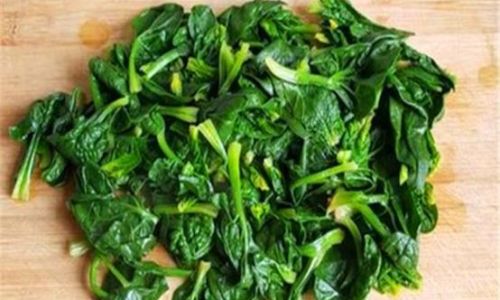
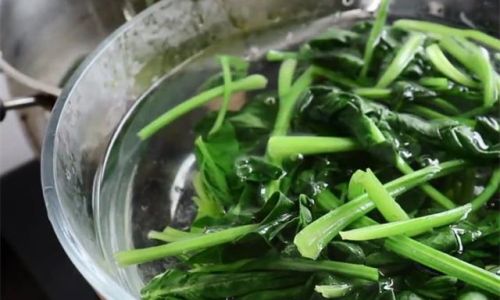
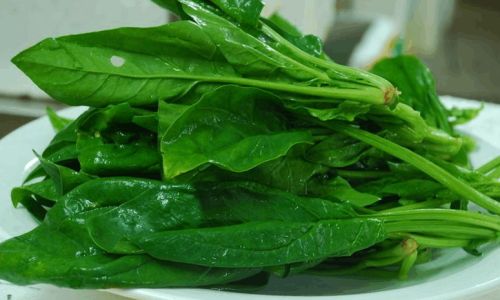
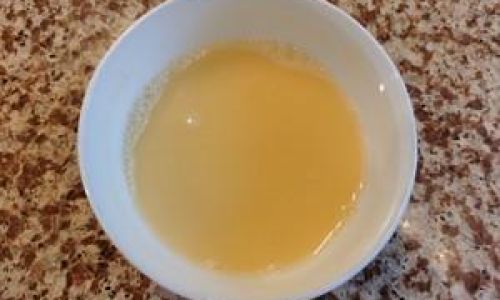
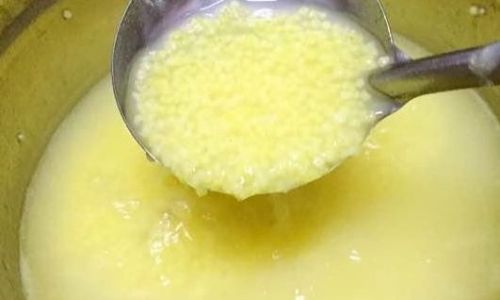
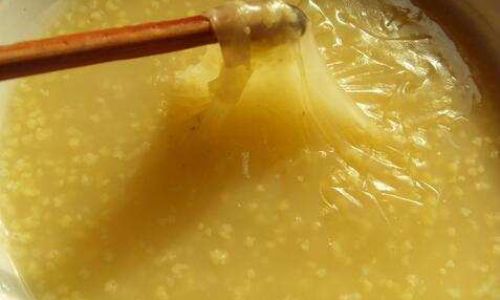
0 comments